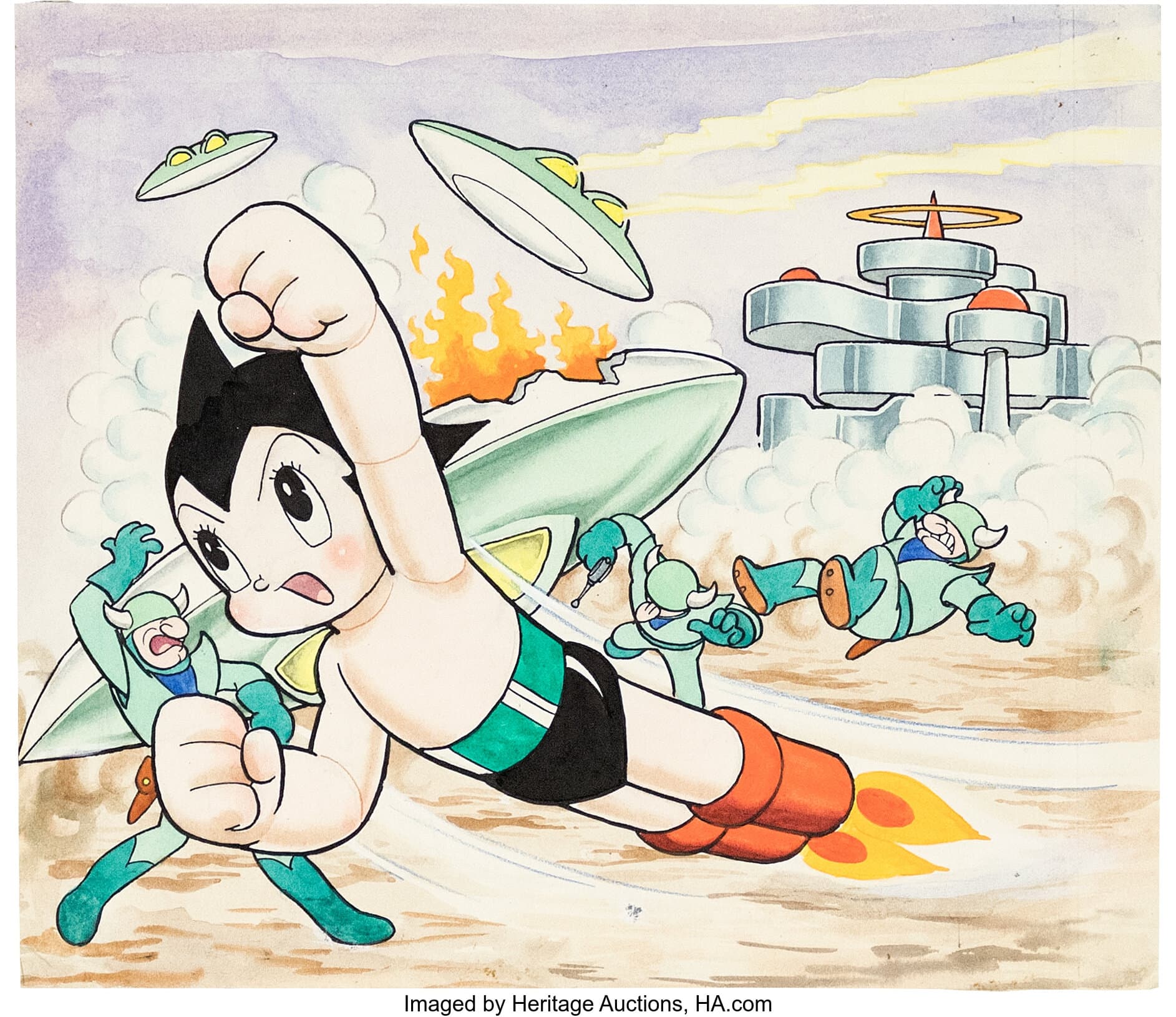
Manga: Tezuka Style
What Is Tezuka Style? The Foundation of Modern Manga
When you think of the roots of manga, you think of Osamu Tezuka — often called the “God of Manga.” His unique style shaped the visual and narrative language of Japanese comics, blending cinematic storytelling, cartoon-inspired visuals, and deep philosophical themes. From Astro Boy to Buddha, Tezuka’s manga style set the foundation for everything that followed.
Visual Aesthetic
- Big, expressive eyes: Inspired by Western animation like Disney, these became a defining trait of manga as a whole.
- Simplified yet emotional character designs: Round features, exaggerated expressions, and clear silhouettes.
- Cartoon-realism fusion: Whimsical character styles juxtaposed with detailed, realistic backgrounds and serious themes.
- Cinematic paneling: Tezuka pioneered dynamic angles, zooms, and scene transitions — like a film on paper.
Themes and Tone
Though the style looks cute, Tezuka’s stories often explore:
- Life, death, and reincarnation
- War, human suffering, and morality
- Science, technology, and humanity’s future
- Spirituality, compassion, and philosophical inquiry
His storytelling combines emotional accessibility with intellectual depth, often appealing to both children and adults.
Why Tezuka Still Matters
Tezuka wasn’t just a creator — he was a revolutionary. His visual language became the blueprint for Shonen, Shoujo, Seinen, and beyond. Artists from CLAMP to Miyazaki draw from his legacy.